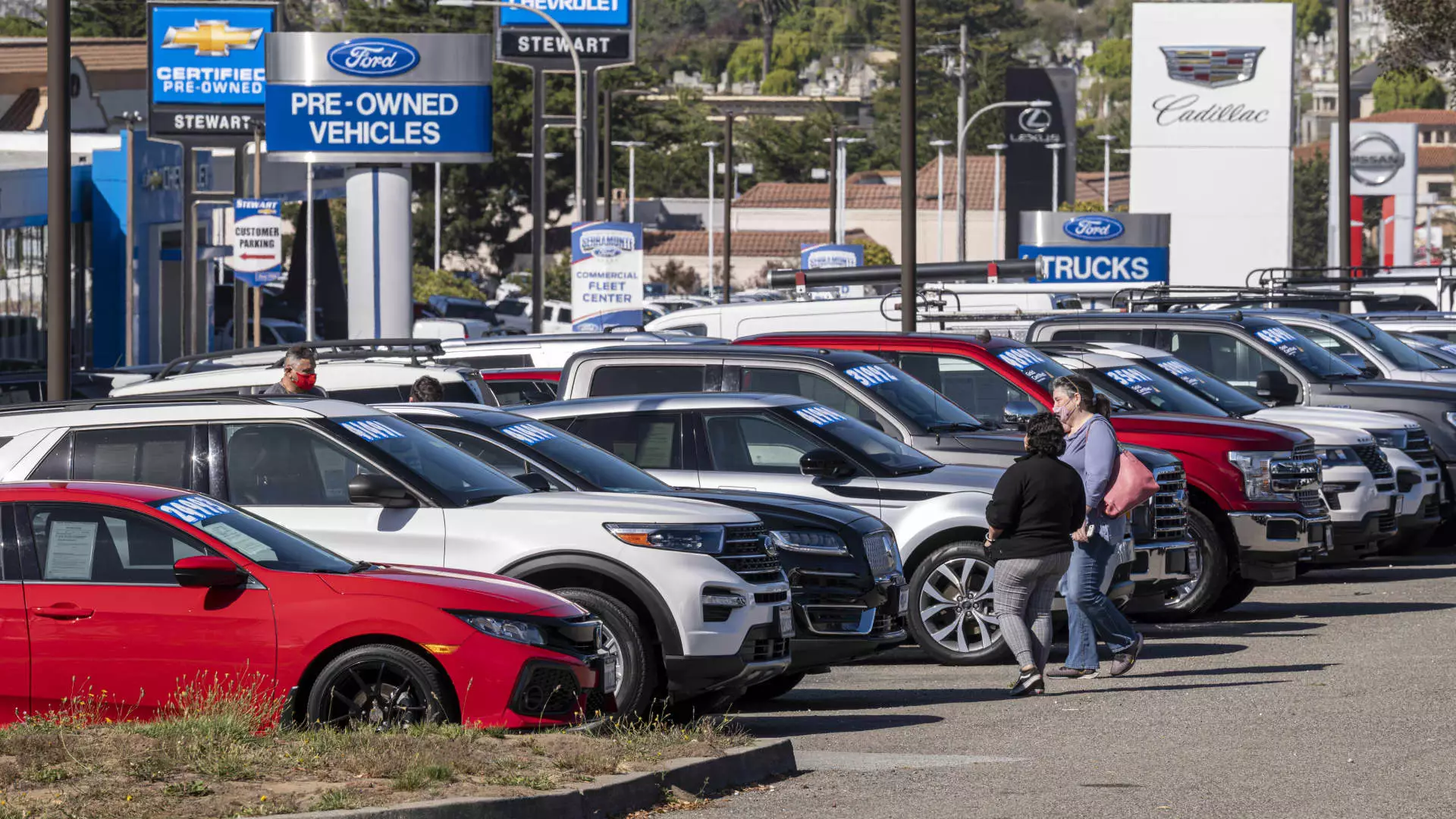The world of car payments has undergone significant changes in recent years. With a combination of high prices and interest rates, the average monthly auto loan payment has surged to $760, according to Moody’s Analytics. This marks a substantial increase from the $535 average payment in May 2019. Moreover, a staggering 17% of car owners are paying over $1,000 a month for their vehicles, as reported by Edmunds.
Many customers find themselves in a challenging situation with their vehicles due to the high prices paid during the Covid-19 pandemic. A substantial number of car owners are now “underwater,” meaning they owe more on their car loan than the vehicle is worth. In the first quarter of 2024, 23% of customers with trade-ins had an average negative equity of over $6,000. This negative equity can lead to higher loan amounts, longer payment periods, and increased financial strain on consumers.
The steep drop in used-car prices from pandemic highs has created significant depreciation rates for many vehicles. While it is common for trade-ins to have some level of negative equity, the current levels are raising concerns. Rollings over negative equity into a new loan often results in higher payments, extended loan periods, and increased interest rates. This cycle can burden consumers for years, as they continue paying for vehicles long after they no longer own them.
Despite the challenges in the car market, incentives for car buyers have increased by 81% in the past year. These incentives can take various forms, from discounts on the car’s price to low-interest rates and generous trade-in allowances. However, the timing of potential interest rate reductions by the Federal Reserve remains uncertain. Even when interest rates do decrease, it takes time for those changes to reflect in auto loan rates, prolonging the financial burden on consumers.
While some relief may be on the horizon, industry experts warn that the long-term outlook for car payments is bleak. Structural changes in the auto market may sustain high prices and payments for years to come. Despite temporary incentives and potential interest rate reductions, underlying challenges such as inflation and market dynamics could continue to impact car affordability for the foreseeable future.
The current landscape of car payments presents significant challenges for consumers. From negative equity to high payments and uncertainty around interest rates, navigating the auto loan market requires careful consideration and financial planning. While incentives and potential relief measures may provide temporary respite, the underlying structural issues in the industry suggest that high car payments could be a long-term reality for many consumers.

